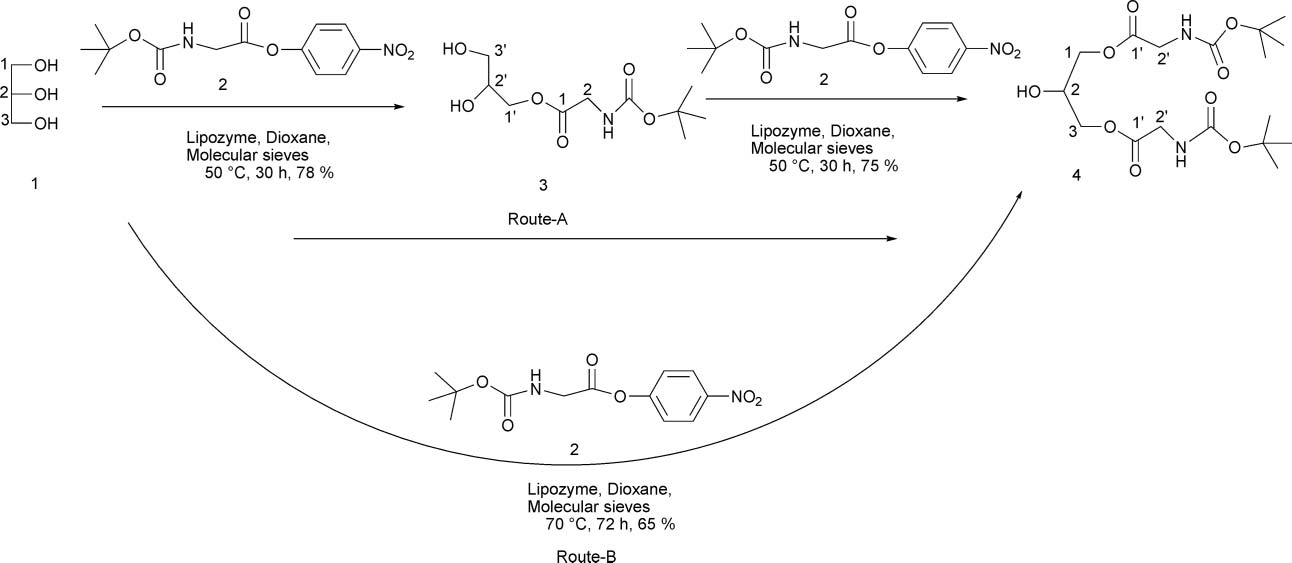Glycerol
CAS number: 56-81-5
Glycerol is a triol with a structure of propane substituted at positions 1, 2 and 3 by hydroxy groups. It has a role as an osmolyte, a solvent, a detergent, a human metabolite, an algal metabolite, a Saccharomyces cerevisiae metabolite, an Escherichia coli metabolite, a mouse metabolite and a geroprotector. It is an alditol and a triol.
Related images
Related Questions and Answers
A: Glycerol exhibits favorable high adsorption energies on the K₂O (110) surface in all studied orientations, including parallel (ParA, ParB) and vertical (Vert) configurations. This adsorption leads to geometry alterations on the surface, with potassium atoms moving to bond with the oxygen atoms of glycerol. Electronic structure calculations show a band gap reduction, and charge transfer from the K₂O surface to the glycerol molecule is observed. In some cases, spontaneous dissociation of hydrogen atoms from glycerol also occurs.
A: Glycerol acts as both a reductant and an immobilizer, which contributes to the long-term stability of silver nanoparticles (AgNPs) in the colloidal solution.
